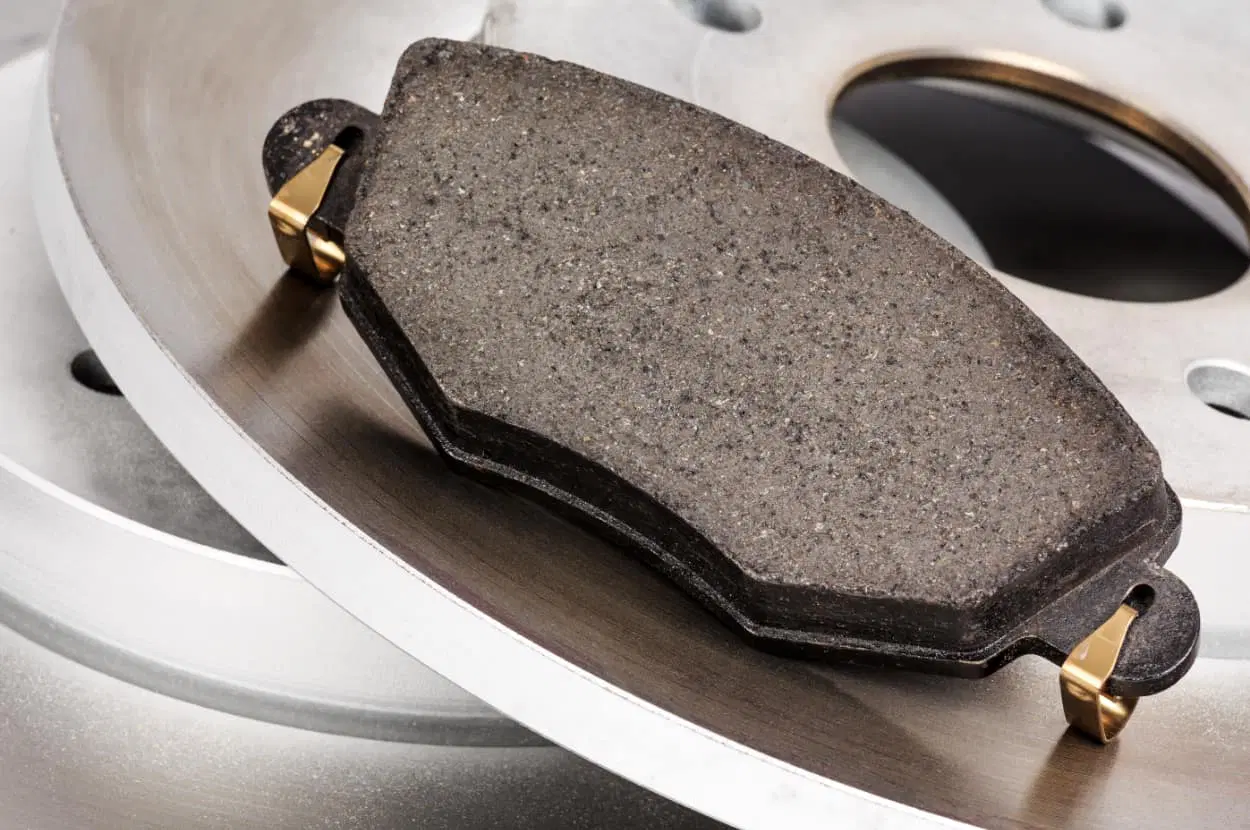When deciding which brakes and pads to stock, distributors must prioritize safety, quality consistency, and supply chain efficiency to protect their reputation and maximize profit.
Here are the key factors distributors should rigorously evaluate before stocking brake components:
I. Brakes and Pads Quality Assurance and Safety
The performance and durability of brakes and pads are paramount. Distributors must stock products that meet or exceed industry safety and quality standards.
- Certifications and Compliance:
- ECE R90/R13: Essential certification in Europe, ensuring that aftermarket pads perform within ±15% of the Original Equipment (OE) product.
- IATF 16949: Global quality management system standard for the automotive industry.
- Friction Material Composition (Pads):
- Evaluate the available formulations: Ceramic, Semi-Metallic, and Low-Metallic/NAO. The distributor should stock a mix that caters to various vehicle types and customer preferences.
- Confirm the material has a consistent friction coefficient across different temperatures and speeds.
- Rotor (Disc) Quality:
- Confirm tight tolerances for lateral runout and Disc Thickness Variation (DTV) to prevent brake judder. Look for anti-corrosion coatings to ensure shelf stability.
- Durability and Longevity:
- Review supplier data on wear rates for both pads and discs. High-quality brakes and pads should offer long life without premature wear.
II. Market Coverage and Brakes and Pads Range Strategy
A successful distributor must match their stock to local market demand and offer comprehensive coverage using their brakes and pads inventory.
- Application Coverage:
- Does the line cover the most popular domestic, European, and Asian vehicles in your distribution area?
- Product Segmentation:
- Does the supplier offer a clear “Good, Better, Best” structure? (e.g., Economy, OE Equivalent, Performance).
- Inclusion of Accessories/Hardware:
- Prioritize kits that come complete with installation hardware (clips, shims) to streamline the technician’s job and minimize comebacks.
- Packaging and Labeling:
- Ensure parts have clear, accurate, and traceable labeling (including WVA numbers for brakes and pads) to simplify inventory management.
III. Supplier Reliability and Logistics for Brakes and Pads
The quality of the parts is inseparable from the reliability of the supplier.
- Supplier Track Record:
- Evaluate the supplier’s financial stability, manufacturing expertise, and history of product recalls.
- Supply Chain and Delivery:
- Assess the supplier’s lead times and delivery consistency. Late deliveries result in stockouts and lost sales.
- Confirm their logistics capacity to ensure products arrive undamaged.
- Warranty and Support:
- Confirm the warranty coverage is competitive and clearly defined. Strong warranties minimize the distributor’s risk regarding the supplied brakes and pads.
IV. Cost vs. Value (Total Cost of Ownership – TCO)
While price is a factor, the total cost of ownership (TCO) is a more accurate measure of value when stocking brakes and pads.
- Cost vs. Value:
- Avoid the cheapest option if it leads to high customer returns. A slightly higher cost for superior quality often yields a better return due to reduced warranty claims.
- Marketing and Branding Support:
- Does the supplier provide effective marketing materials or co-branding opportunities that can help the distributor sell the brakes and pads more effectively?



